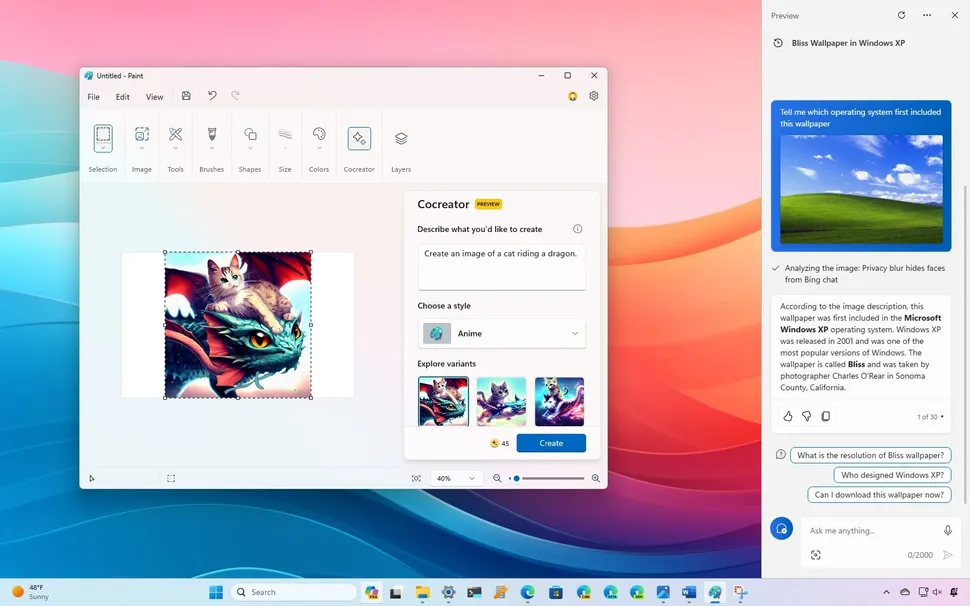Table of Contents
Apple Intelligence
Despite the launch of their artificial intelligence software at WWDC, there are limitations that have left millions of users feeling left behind.
With the introduction of iOS 18 and the Apple Intelligence feature, it is disappointing to note that this advanced AI will only be available on the most recent iPhone models – the iPhone 15 Pro and iPhone 15 Pro Max. This exclusion leaves out a significant number of iPhone users who own older models.
In contrast, Apple’s approach seems inconsistent when considering their Mac platform, where all Macs with certain chips will be able to support Apple Intelligence. This disparity is particularly noticeable when compared to competitors like Samsung, who have ensured their AI capabilities are available on a wider range of devices.
At the heart of the issue lies the need for processing power and memory to effectively run AI applications. Apple’s use of dedicated silicon for AI is commendable, but the lack of memory in older iPhone models is a significant hindrance to the effective use of Apple Intelligence.
For the millions of iPhone users who may not have the latest models, this can be a frustrating realization. The discrepancy in performance between newer and older devices highlights a concerning trend that has left many feeling as though Apple’s decisions have left them at a disadvantage.
As Apple continues to push the boundaries of technology and innovation, it is important for them to consider the impact their decisions have on their loyal user base. Improved transparency and inclusivity in their product offerings could go a long way in ensuring that all iPhone users can benefit from the latest advancements in artificial intelligence.






